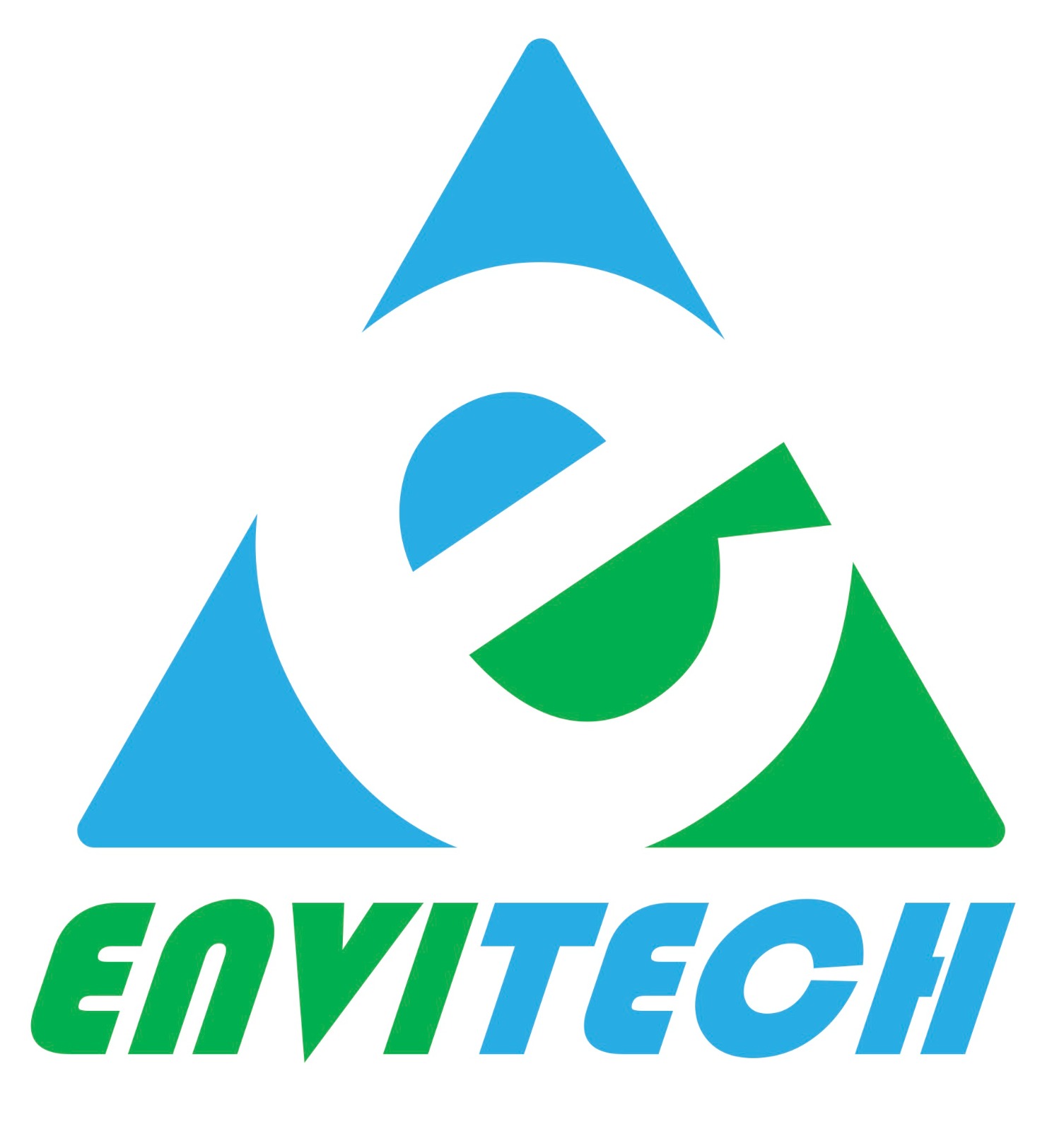
PRETREATMENT & PRIMARY (PHYSICO-CHEMICAL) TREATMENTS :
Solids are present in water in three main forms : suspended particles, colloids and dissolved molecules. Suspended particles, such as sand, vegetable matter and silts, range in size from very large particles down to particles with a typical dimension of 10 μm. Colloids are very fine particles, typically ranging from 10 nm to 10 μm. Dissolved molecules are present as individual molecules or as ions.
To remove colloids, small particles have to be destabilized first and then they will form larger and heavier flocks which can be removed by conventional physical treatment. This process can be described by clarification mechanisms, that includes : coagulation, flocculation and sedimentation.
Coagulation is the process of decreasing or neutralizing the negative charge on suspended particles or zeta potential. This allows the vander Waals force of attraction to encourage initial aggregation of colloidal and fine suspended materials to form microflock. Rapid, high energy mixing is necessary to ensure the coagulant is fully mixed into the process flow to maximize its effectiveness. The coagulation process occurs very quickly, in a matter of fractions of a second. Flocculation is the process of bringing together the particles to form large agglomerations by physically mixing or through the bridging action of coagulant aids, such as long chainpolymer.
Destabilization by bridging occurs when a polymer of a high molecular weight becomes attached at a number of adsorption sites to the surface of negatively charged particles along the polymer chain. The remainder of the polymer may remain extended into the solution and may adsorb on available surface sites of other particulates, thus creating a ‘bridge’ between the surfaces.
Equalization Tank :
Equalization dampens variation in hydraulic and pollutant loadings, thereby reducing shock loads and increasing treatment facility performance.
Neutralization Tank :
Neutralization dampens pH variations prior to treatment or discharge. More frequently, neutralization is used as a pretreatment system before a variety of biological, chemical, and physical treatment processes.
Primary Settling Tank, Primary Clarifier and Tube Settler :
Primary treatment has traditionally implied a sedimentation process to separate the readily settleable and floatable solids from the wastewater. The treatment unit used to settle raw waste water is referred to as the primary sedimentation tank (basin), primary tank (basin) or primary clarifier.
BIOLOGICAL (SECONDARY) TREATMENT UNITS :
Activated Sludge Process :
Aerobic biological wastewater treatment is the process by which microorganisms use the waste’s organic component, in the presence of oxygen, to produce cell growth and end products of carbon dioxide and water.
The conventional activated sludge process and its more common modifications are :
- Extended Aeration
- Step aeration
- Rotating Biological Contactors (RBC)
- Fluidized Media Bio Reactor (FMBR)
ADVANCED WASTEWATER TREATMENTS
Advanced wastewater treatment (AWT) refers to those additional treatment techniques needed to further reduce suspended and dissolved substances remaining after secondary treatment. It is also called tertiary treatment. Secondary treatment removes 85-95 percent of BOD and TSS and minor portions of nitrogen, phosphorus, and heavy metals. The purposes of AWT are to improve the effluent quality to meet stringent effluent standards and to reclaim wastewater for reuse as a valuable water resource.
Advanced Treatment follows the following Process :
- Filtration: Ultra Filtration, Reverse Osmosis
- Disinfection: Chlorination, Ozonation, UV
- Softening
SEWAGE TREATMENT PROCESS
- Sewage treatment is the process of removing contaminants from wastewater, primarily from household sewage. It includes physical, chemical and biological processes to remove these contaminants and produce environmentally safe treated wastewater (or
treated effluent). A by-product of sewage treatment is usually a semi-solid waste or slurry, called sewage sludge, which has to undergo further treatment before being suitable for disposal or land application. - Sewage treatment may also be referred to as wastewater treatment, although the latter is a broader term which can also be applied to purely industrial wastewater. For most cities, the sewer system will also carry a proportion of industrial effluent to the sewage treatment plant which has usually received pre-treatment at the factories themselves to reduce the pollutant load. If the sewer system is a combined sewer then it will also carry urban runoff (storm water) to the sewage treatment plant.
